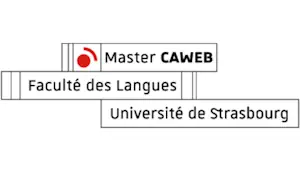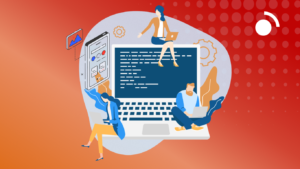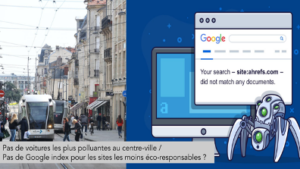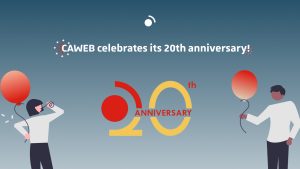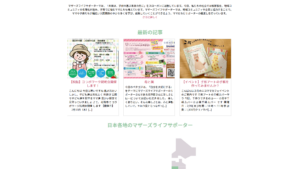Managing the UX Design Process: A Complete Guide from Start to Finish
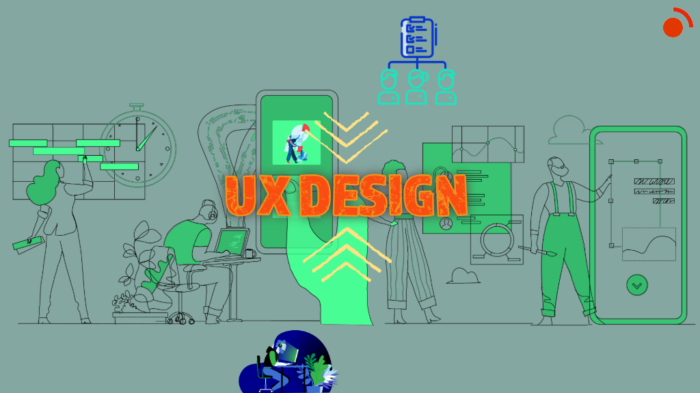
Understanding and mastering the UX design process is critical to developing user-centered products that deliver exceptional target user experiences. This process consists of several key steps, and each step is really essential to creating powerful intuitive designs. In the offered article, we explore in detail what are the key stages of the creative process in UX design and how to implement them effectively.
Understanding the Creative Process
The creative process in UX design is a systematic approach to solving problems and finding innovative solutions. It generally includes a series of steps that guide designers from initial concept to final product. These steps ensure that the final product meets user needs and achieves company goals, essential for user experience design.
Key Stages in UX Design
- Research and Discovery: this initial stage involves problem identification, identification of user needs, and data collection through various research methods. Research methods include user interviews, surveys, and competitive analysis. SurveyMonkey is one of the best tools for conducting surveys and collecting user feedback. Google Analytics helps to understand user behavior on existing platforms.
- Concept Ideation and Development: based on research findings, designers brainstorm ideas and develop concepts. Creative thinking and exploration of multiple solutions are essential at this stage. Techniques such as sketching, mind mapping, and persona creation are used to visualize ideas. Miro and LucidChart are two important tools that facilitate collaborative brainstorming and mind mapping: Persona by InVision aids in detailed persona and user creation.
- Prototyping: designers create simple prototypes to quickly test and iterate their ideas. Prototypes can range from simple paper sketches to interactive digital models, crucial for UX prototyping. Sketch, Adobe XD, and Figma are the three most popular tools ever for creating digital prototypes, with features that enable easy revisions and collaboration.
- Testing and Validation: it is of absolute importance to conduct usability testing to gather feedback from real users. This is to identify problems or areas for improvement. Iterative testing ensures that the design is adjusted based on user feedback, resulting in a user-friendly product. UsabilityHub and Optimal Workshop are two useful tools for remote usability testing and gathering user insights, enhancing the UX user testing process.
- Implementation and Launch: when the design is finalized, it is forwarded to the development team for implementation. This phase requires close collaboration between designers and developers, to be sure that the design is accurately converted into a functional product. Tools like Zeplin and InVision simplify the transition process through providing detailed design specifications and smoothing communication between teams.
- Evaluation and Iteration: After launch, the product undergoes appropriate evaluation with the aim of measuring its success and making improvements. Continuous iteration based on user feedback and data analysis ensures that the product is always effective. Hotjar is among tools that provide insights into user interactions and behaviors, helping to identify areas for further improvement.
Best Practices in UX Design
Adopting a user-centered approach to design is critical, prioritizing user needs and preferences throughout the UX design process. It is equally important to foster a collaborative environment in which designers, developers, and stakeholders work synergically.
An iterative process involves continuous testing, feedback and refinement, for the final product to be as user-friendly as possible. It is essential to know how to develop a deep understanding of the values, needs, emotions, and motivations of the users themselves in order to create effective designs.
By following these best practices and understanding the key steps of the UX design process, designers can create products that are functional and enjoyable to use. The creative process in UX design is dynamic and iterative, requiring balance between creativity and analytical thinking to achieve the best results.
Are you considering a career in UX design?
Our UX Design program is designed to guide you from a complete beginner to a job-ready UX designer, all the while providing the support of your own dedicated instructors. Explore the Master CAWEB‘s comprehensive study program and enroll today!
Article written by Valeria Panzetta

